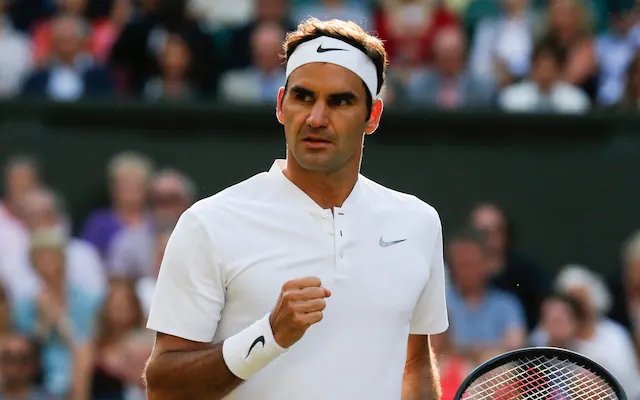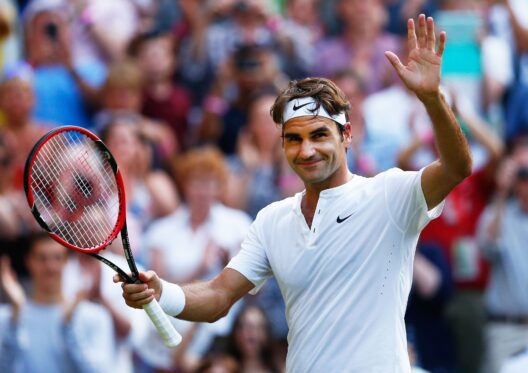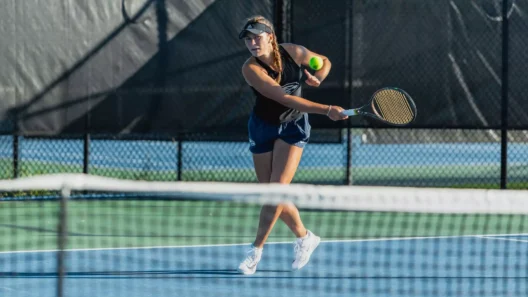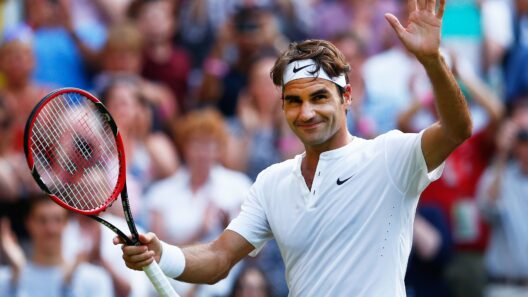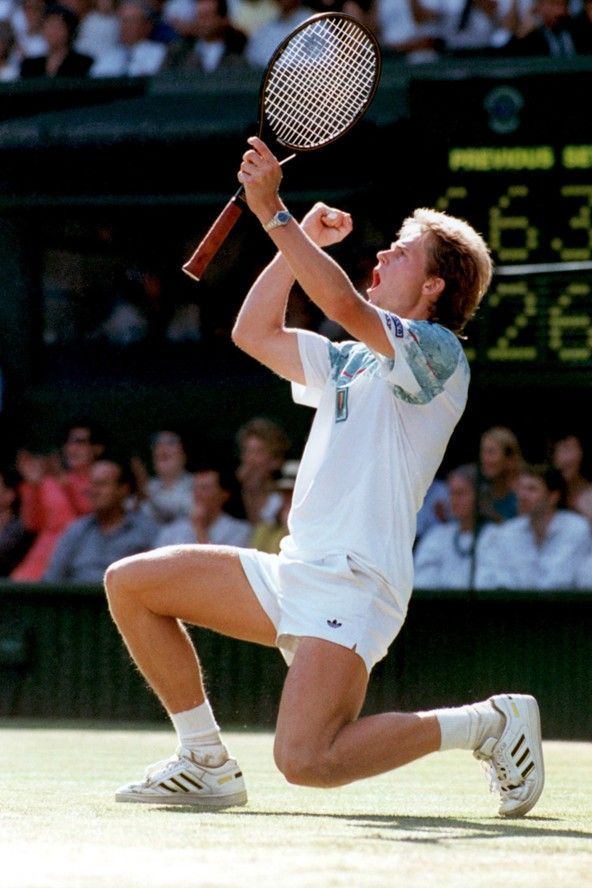
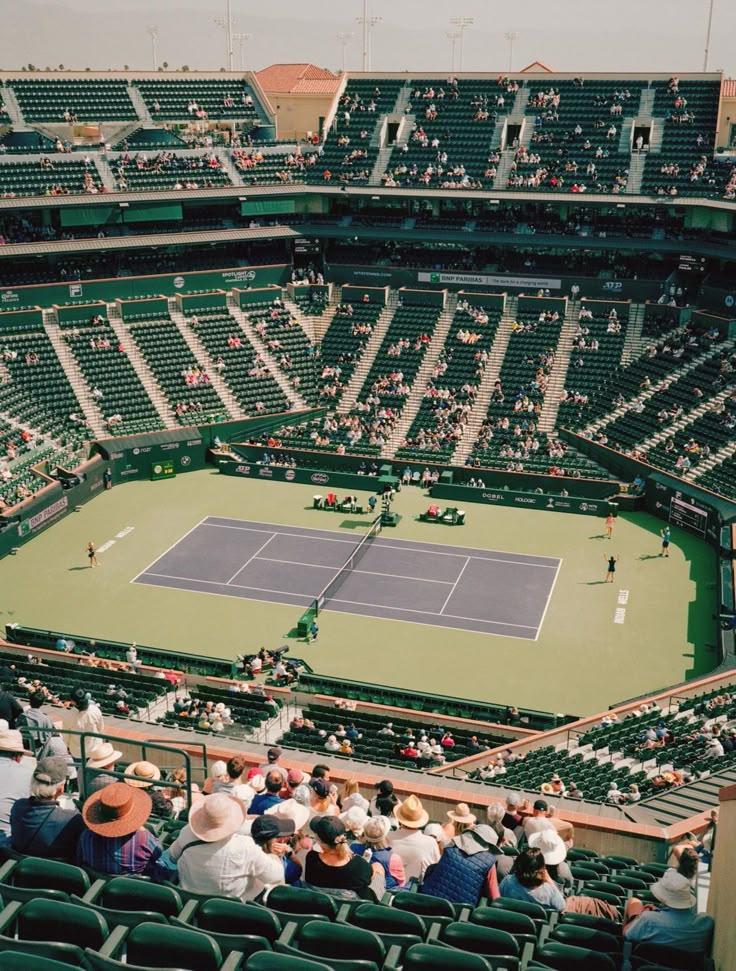
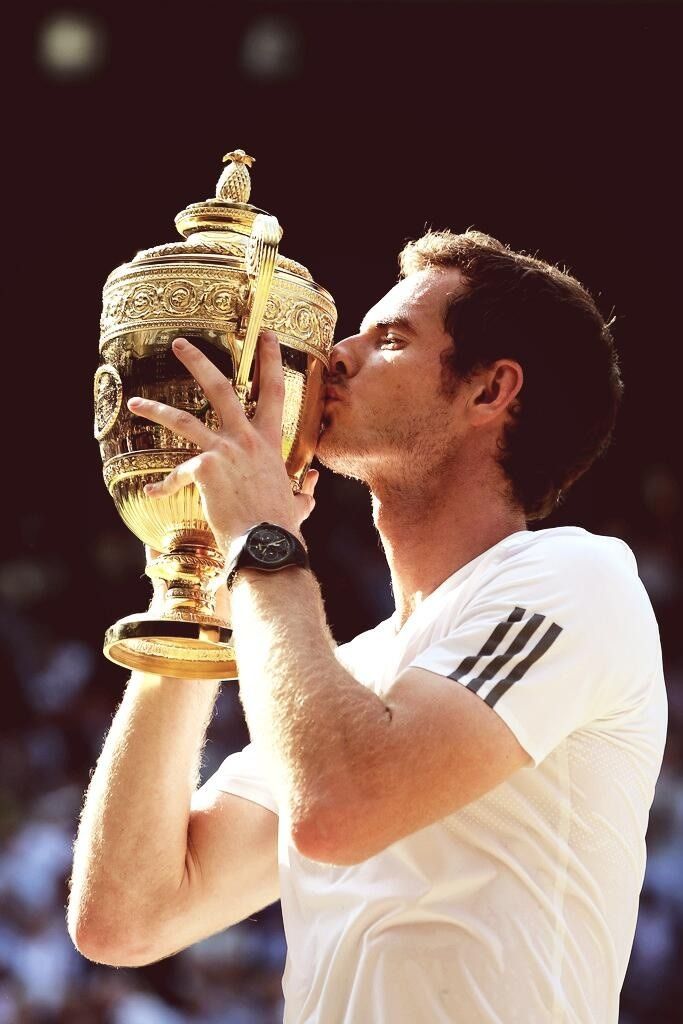
Tennis is a sport uniquely defined by momentum. Because there is no clock, a match is never truly over until the final point. This structure has given rise to some of the most dramatic and inspiring comebacks in sports history—moments when players stared down defeat, overcome physical pain, or reversed seemingly insurmountable deficits to claim victory.
These comebacks are more than just statistical reversals; they are demonstrations of sheer will, tactical genius, and unwavering belief. They serve as a testament to the mental fortitude required at the elite level of the game.
I. The Unbreakable Spirit: Reversing Match Points
The most iconic comebacks involve saving match points—the literal edge of defeat—to win. These moments define a player’s legacy for mental toughness.
1. 2008 Wimbledon Final: Rafael Nadal vs. Roger Federer
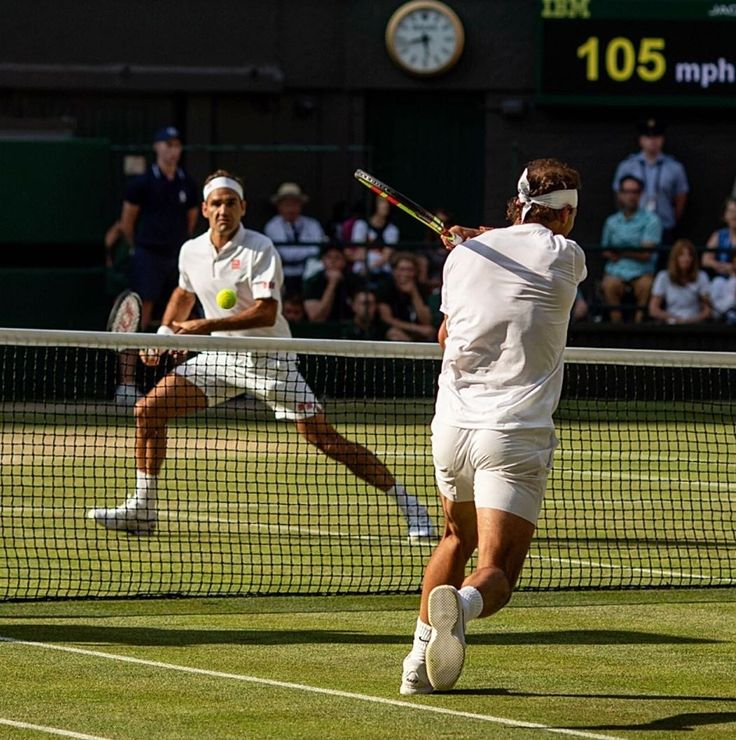
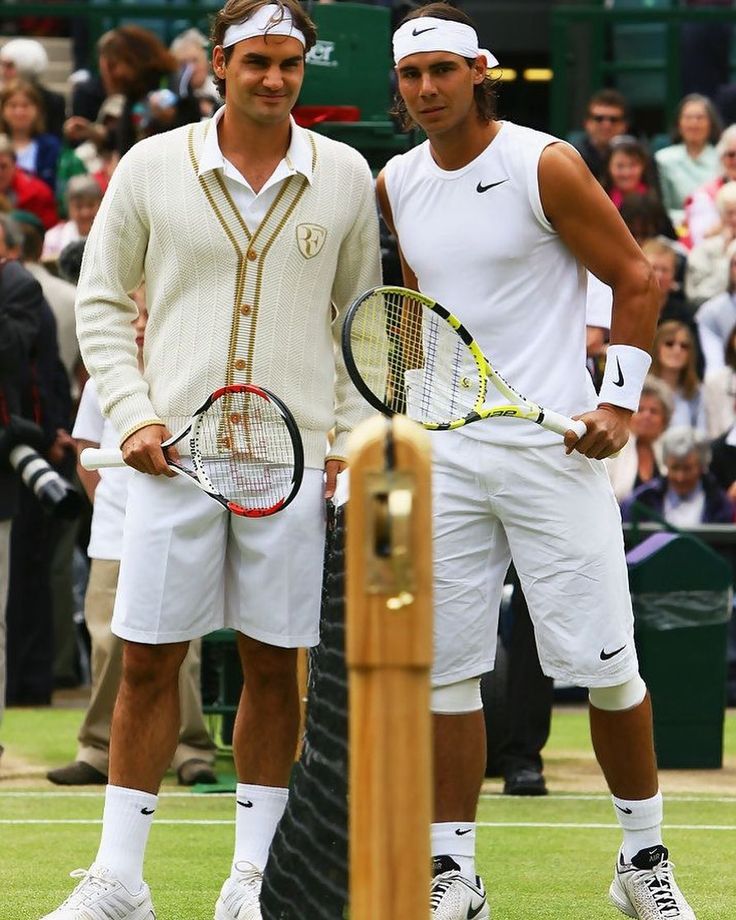
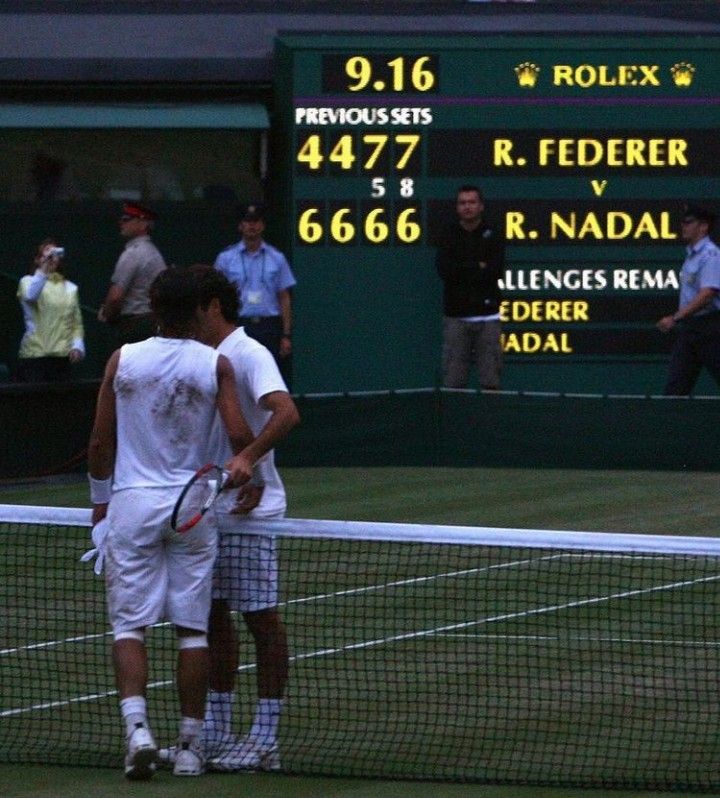
Though not the largest deficit in terms of games, this match is often called the greatest tennis match ever for its significance and its dramatic final chapter, which was a comeback in its own right.
- The Comeback: After Nadal took a two-sets-to-love lead, Federer fought back, saving a championship point in the fourth set to force a tie-break, which he won. The match entered a grueling fifth set, played in near darkness. Nadal was down a break several times and had to withstand Federer’s relentless attack, eventually breaking Federer late in the 16th game to win the set 9−7 after four hours and forty-eight minutes.
- Inspiration: Nadal’s ability to maintain his focus and power deep into the fifth set, despite Federer’s historic resilience, was a mental and physical triumph that signaled the true changing of the guard in men’s tennis.
2. 2004 French Open: Gastón Gaudio vs. Guillermo Coria
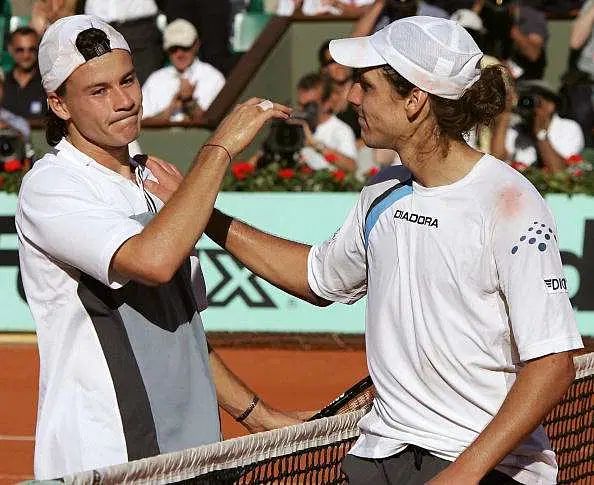
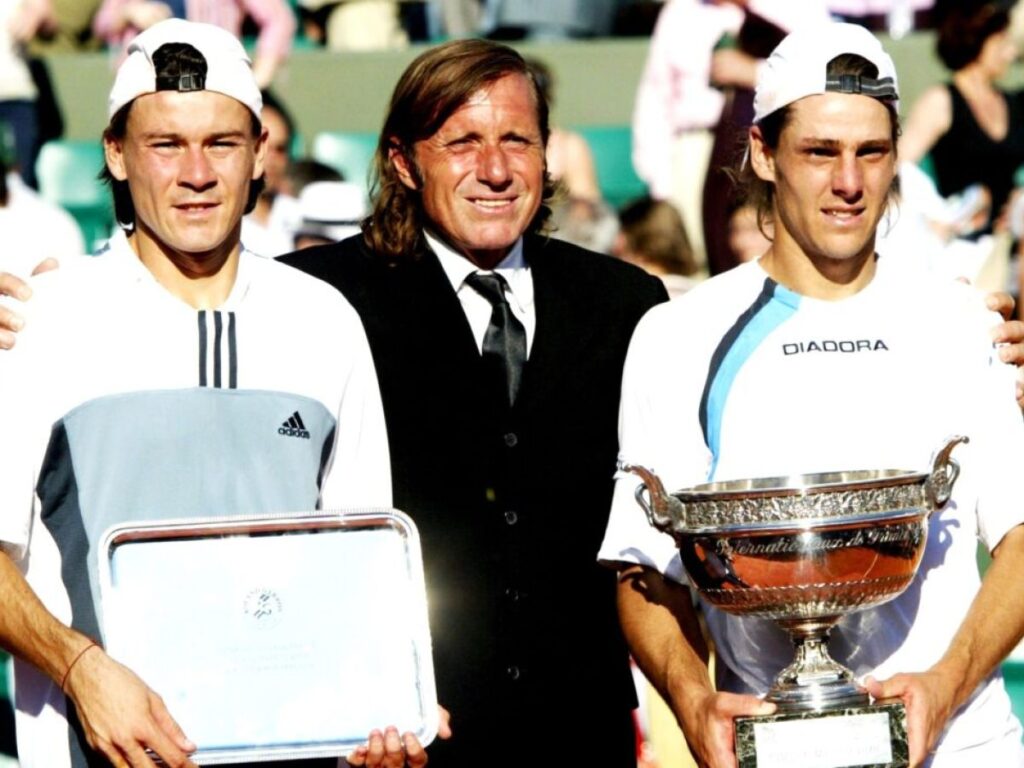
This all-Argentinian final featured one of the most stunning choke-and-rally sequences ever seen in a major final.
- The Comeback: Coria was leading two sets to love and 4−0 in the third set. He then served for the championship at 6−5 in the fifth set, holding two match points. Gaudio, who appeared defeated just an hour earlier, found his rhythm as Coria tightened up. Gaudio saved the match points, broke back, and eventually won the next game to claim the title.
- Inspiration: This comeback showed that a player’s mindset can literally flip the outcome of a Grand Slam final, demonstrating how pressure can paralyze a champion and liberate an underdog.
3. 1999 French Open Final: Andre Agassi vs. Andrei Medvedev

Agassi’s career had been a roller-coaster, but he arrived in Paris seeking the one major title he lacked.
- The Comeback: Agassi started poorly, losing the first two sets to the talented but lower-ranked Medvedev. Down two sets to love, Agassi found his vintage form, leveling the match and winning the fifth set to complete the career Grand Slam—the biggest milestone in his career.
- Inspiration: This victory symbolized a career comeback. Agassi had fought his way back from a ranking outside the top 100 just a year earlier, proving that dedication and mental discipline could revive a fading career.
II. The Grand Slam Guts: Overcoming Massive Deficits
These comebacks involve reversing major deficits in sets, games, and match points, often simultaneously, showcasing extraordinary tactical and physical resilience.
4. 2012 Australian Open: Novak Djokovic vs. Rafael Nadal
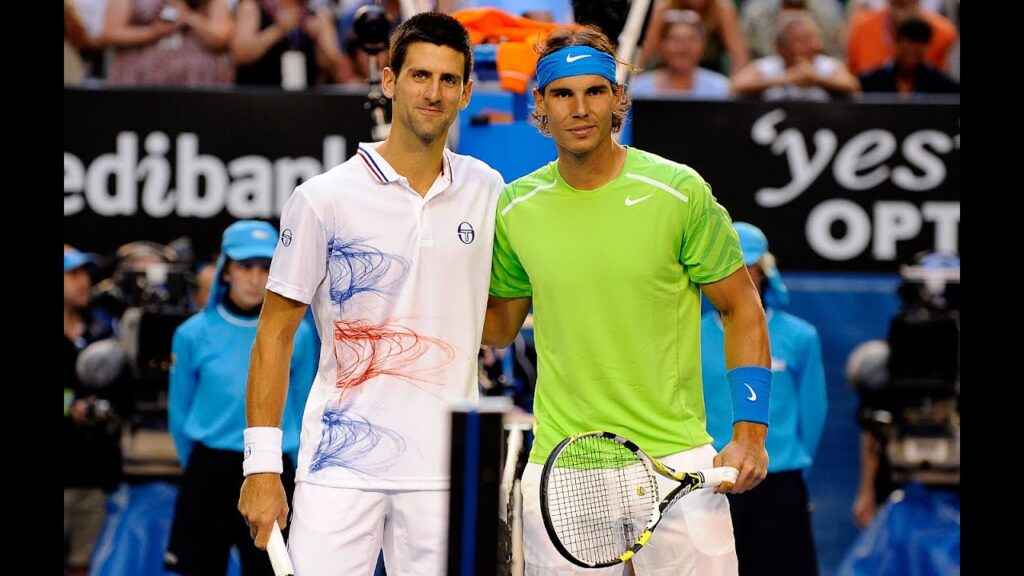
The longest Grand Slam final in history, a brutal test of endurance and will.
- The Comeback: After Djokovic had won the first two sets, Nadal won a tight third set and ran away with the fourth. Momentum seemed to swing entirely to Nadal in the fifth set, where he broke Djokovic to lead 4−2. Djokovic, cramping and exhausted, fought through the pain barrier. He broke back immediately, survived an incredible 32-stroke rally to hold serve, and broke Nadal again to win the epic five-set battle 7−5 in the fifth set after five hours and fifty-three minutes.
- Inspiration: The match set a new physical benchmark for the sport. Djokovic’s ability to find another gear when seemingly spent remains one of the greatest demonstrations of athletic stamina and mental resolve in tennis.
5. 1995 French Open Semifinal: Michael Chang vs. Jim Courier
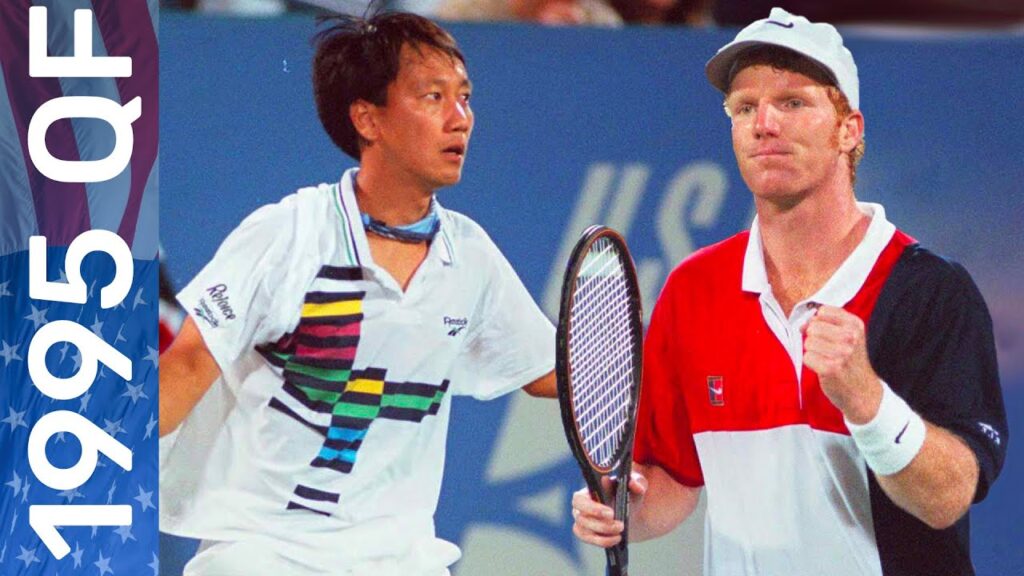
The clash between two American titans remains a classic lesson in never giving up.
- The Comeback: Courier, the two-time defending champion, led Chang two sets to love and had a 5−2 lead in the fourth set tie-break. Chang not only erased the lead but came back from the brink of a straight-sets defeat to force a fifth set. Chang won the fifth set 6−2.
- Inspiration: Chang was known for his tenacity, and this comeback showcased his famous psychological warfare, where he often used tactics like changing pace and angles to frustrate physically dominant opponents.
6. 1960 Wimbledon Final: Neale Fraser vs. Rod Laver
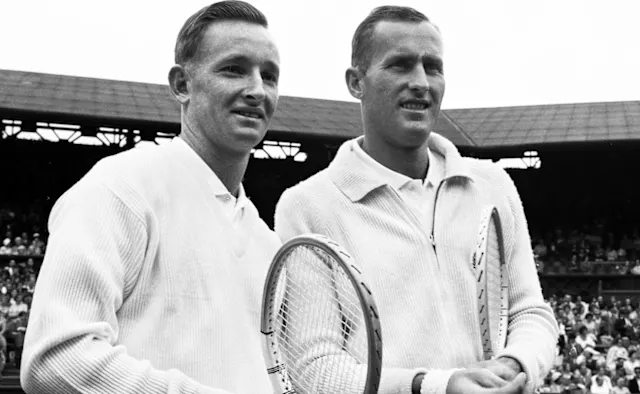
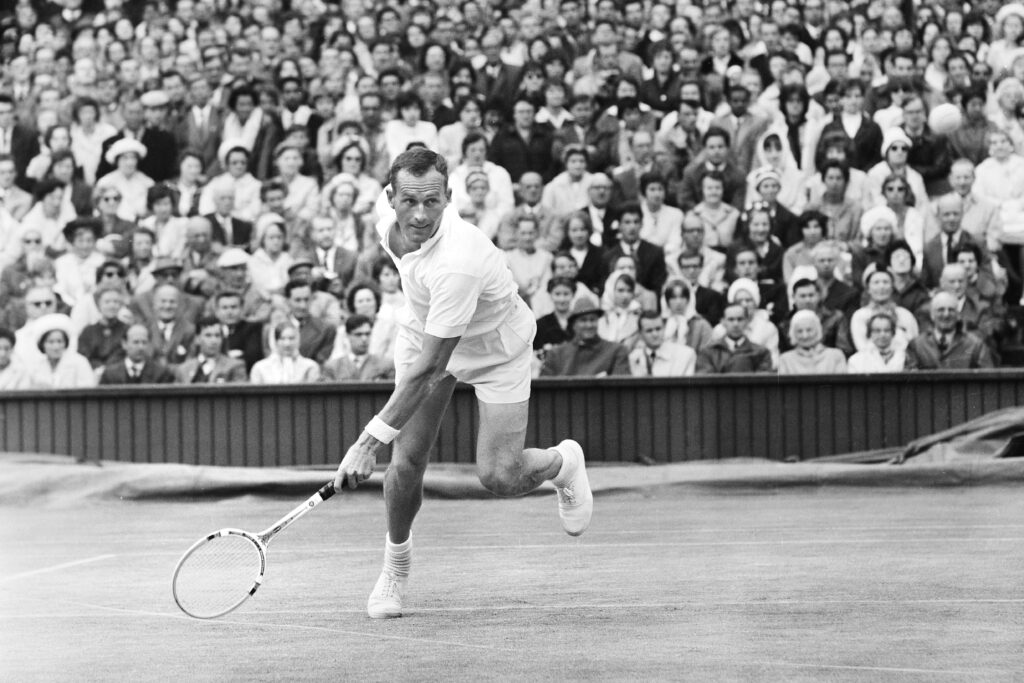
A pre-Open Era classic, demonstrating that comeback spirit is woven into the sport’s history.
- The Comeback: Laver, only 21 at the time, was playing his first Wimbledon final and held a two-sets-to-love lead. Fraser, the veteran and top seed, staged a magnificent rally, winning the next three sets, including a decisive final set.
- Inspiration: This match cemented the idea that experience and strategic adjustments—even when down two sets—could trump youth and momentum on the biggest stage.
III. The Medical Miracle: Overcoming Injury and Illness
Some of the most inspiring comebacks are not just in a single match, but from career-threatening physical setbacks.
7. 2017 Australian Open Final: Roger Federer
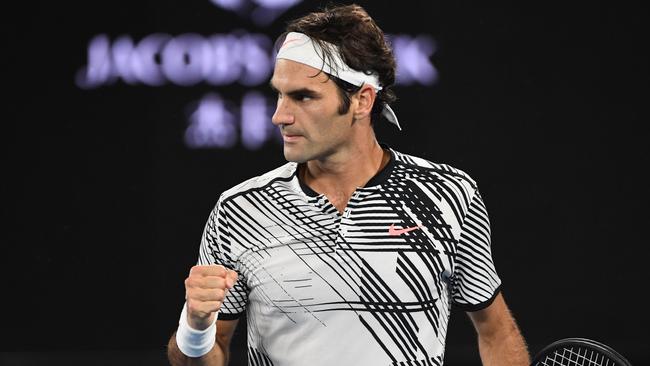
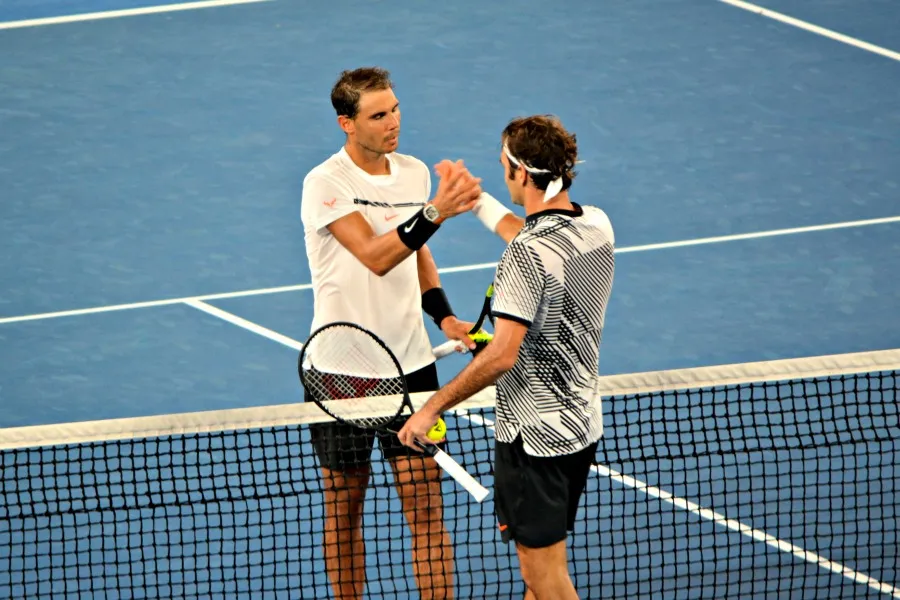
After taking a six-month break in 2016 to recover from knee surgery, Federer entered the 2017 Australian Open seeded 17th, with many believing his peak was behind him.
- The Comeback: Against his great rival Rafael Nadal in the final, Federer was down a break in the fifth set (3−1). He then unleashed a flurry of attacking shots, winning five consecutive games to defeat Nadal in five sets.
- Inspiration: At 35 years old, following a major injury layoff, Federer’s comeback was a victory against time and the odds. It proved that intelligent scheduling and a tactical adjustment (a more aggressive backhand) could not only extend a career but lead to a glorious return to Grand Slam glory.
8. 2022 Australian Open: Rafael Nadal
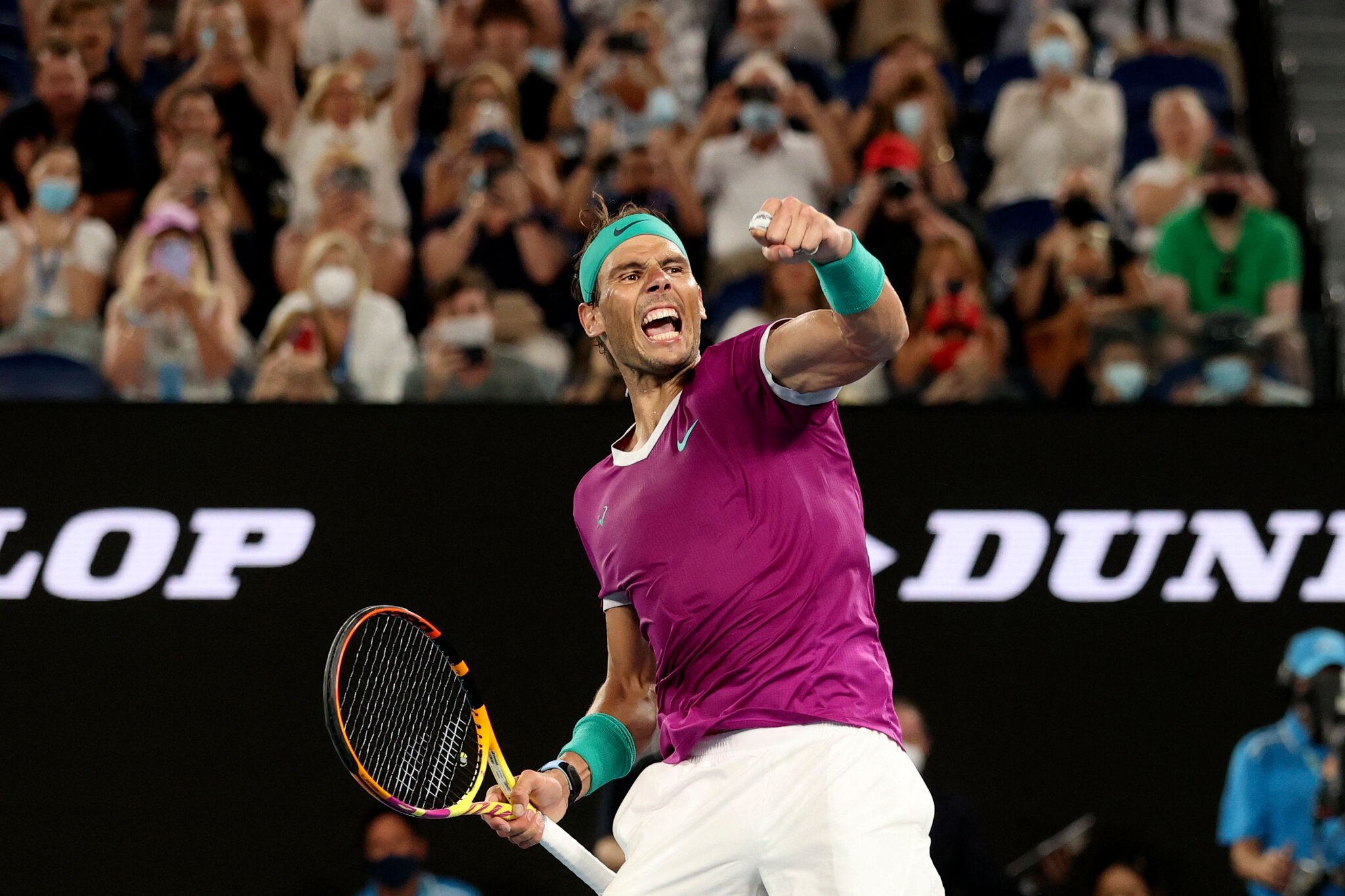
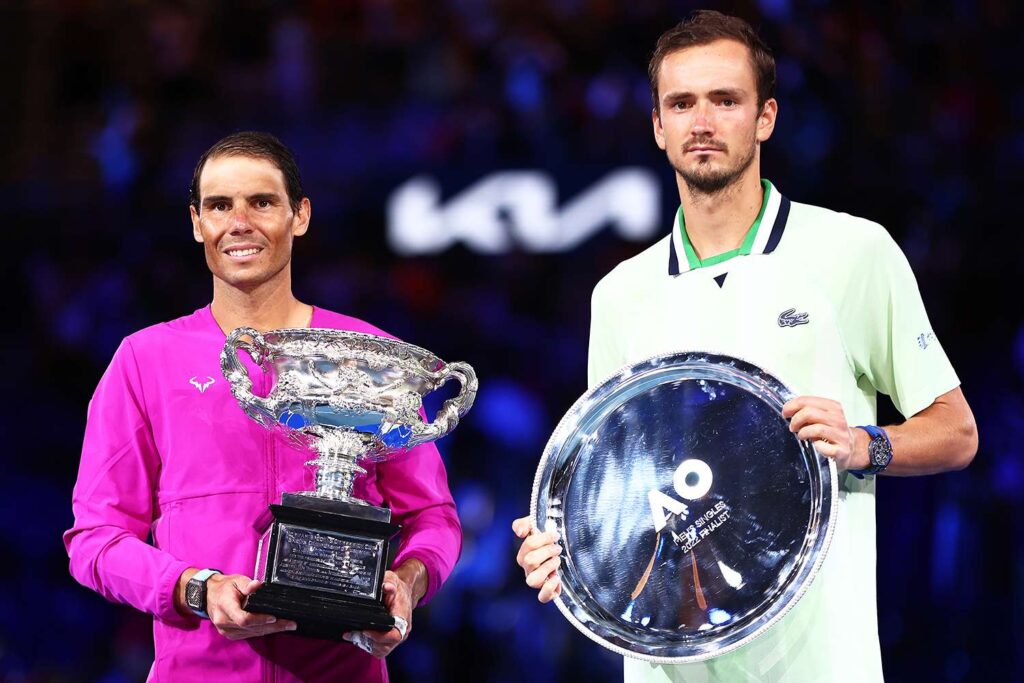
Nadal arrived in Melbourne having been sidelined for months with a severe foot injury, casting doubt on his future.
- The Comeback: In the final against Daniil Medvedev, Nadal was down two sets to love and faced triple break point at 2−3 in the third set. He saved the break points and began an epic tactical and emotional shift, winning the next three sets to claim his 21st Grand Slam title, overtaking Federer and Djokovic.
- Inspiration: This comeback was one of the purest displays of mental fortitude, battling physical pain and extreme exhaustion to win from a two-set deficit in a major final for the first time in 15 years.
Conclusion: The Heart of a Champion
These moments are the soul of tennis. They demonstrate that the sport is less about perfection and more about persistence. Whether it is a single-match reversal of match points or a multi-year recovery from a debilitating injury, the most inspiring comebacks in tennis history prove that the most powerful weapon on the court is the unconquerable spirit of the competitor. They are timeless lessons in resilience for athletes and fans alike.
Your Call to Action: When faced with a difficult challenge in life or on the court, remember the 2017 Federer or the 2012 Djokovic. Sometimes, all it takes is winning one point at a time to change the course of history.
Frequently Asked Questions (FAQ)
Q1: What is the biggest set deficit ever overcome in a Grand Slam final?
A: Overcoming a two-sets-to-love deficit to win a Grand Slam final is often considered the most impressive comeback. It has been achieved multiple times, notably by Rafael Nadal (2022 Australian Open) and Andre Agassi (1999 French Open). The largest comeback in terms of matches won consecutively from a two-set deficit at a major was achieved by Marat Safin at the 2005 Australian Open, where he saved a match point in the third set before going on to defeat the defending champion.
Q2: What is a “match point” and why is saving it so difficult?
A: A match point is a single point that, if won by the player or team in the lead, immediately ends the match. Saving it is difficult because it is played under immense, often overwhelming, psychological pressure. The player facing match point must play aggressively and flawlessly, often relying on pure instinct and courage to survive.
Q3: What is the “Golden Slam” and why is it considered the ultimate comeback?
A: The Golden Slam is winning all four major tournaments (Grand Slams) and the Olympic Gold Medal in a single calendar year. Steffi Graf achieved this in 1988. While not a comeback from a deficit, it represents the ultimate comeback in the sense of achieving total dominance after a period of intense rivalry and expectation.
Q4: Which player is most famous for making comebacks?
A: Novak Djokovic has a strong claim, having saved multiple match points against rivals Federer and Nadal in major semifinals and finals, including several times at the US Open. His physical and mental resilience in five-set thrillers often sees him reverse seemingly hopeless situations.
Q5: Did any of these comebacks involve saving match points while the opponent was serving?
A: Yes, many comebacks involve saving match points on the opponent’s serve, which is harder because the server has the advantage. A famous example is Novak Djokovic saving two championship points against Roger Federer in the 2019 Wimbledon final, with Federer serving at 8−7 in the fifth set, before Djokovic went on to win the tie-break.
